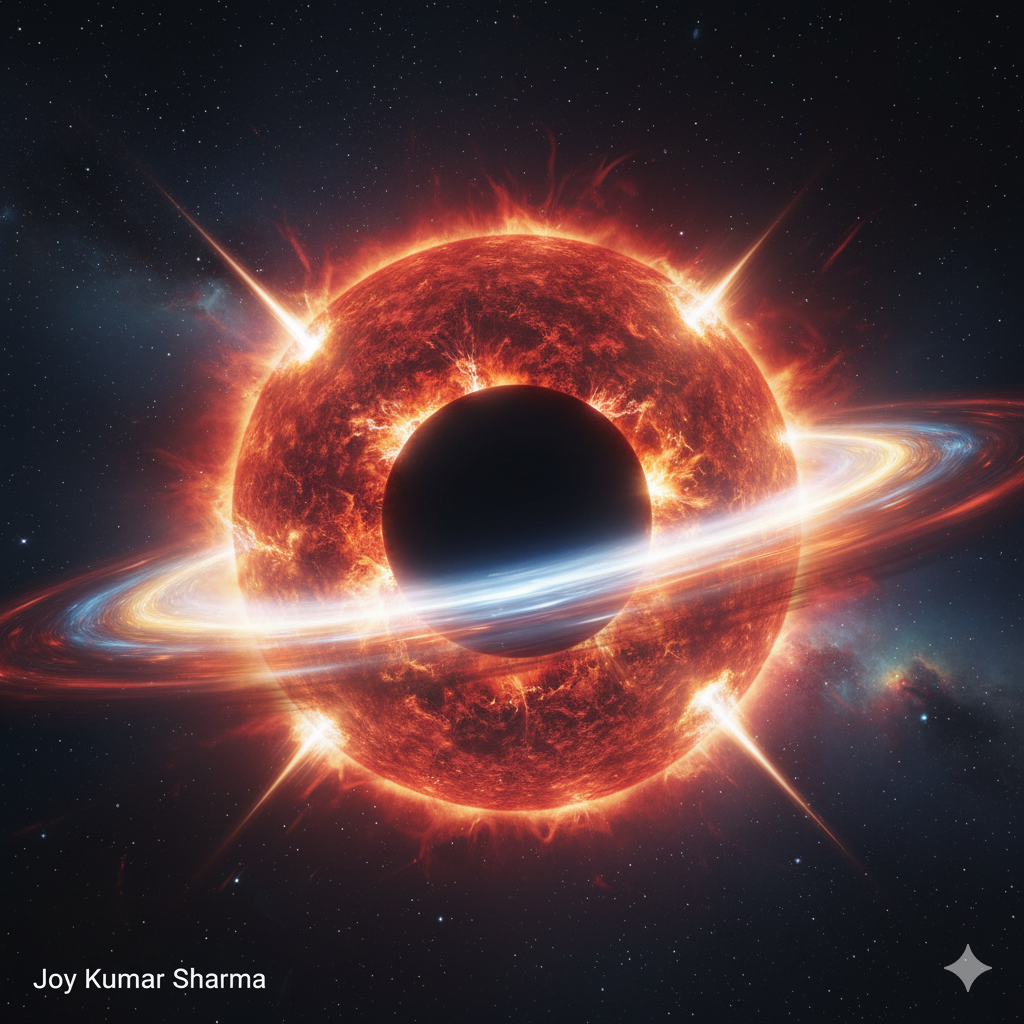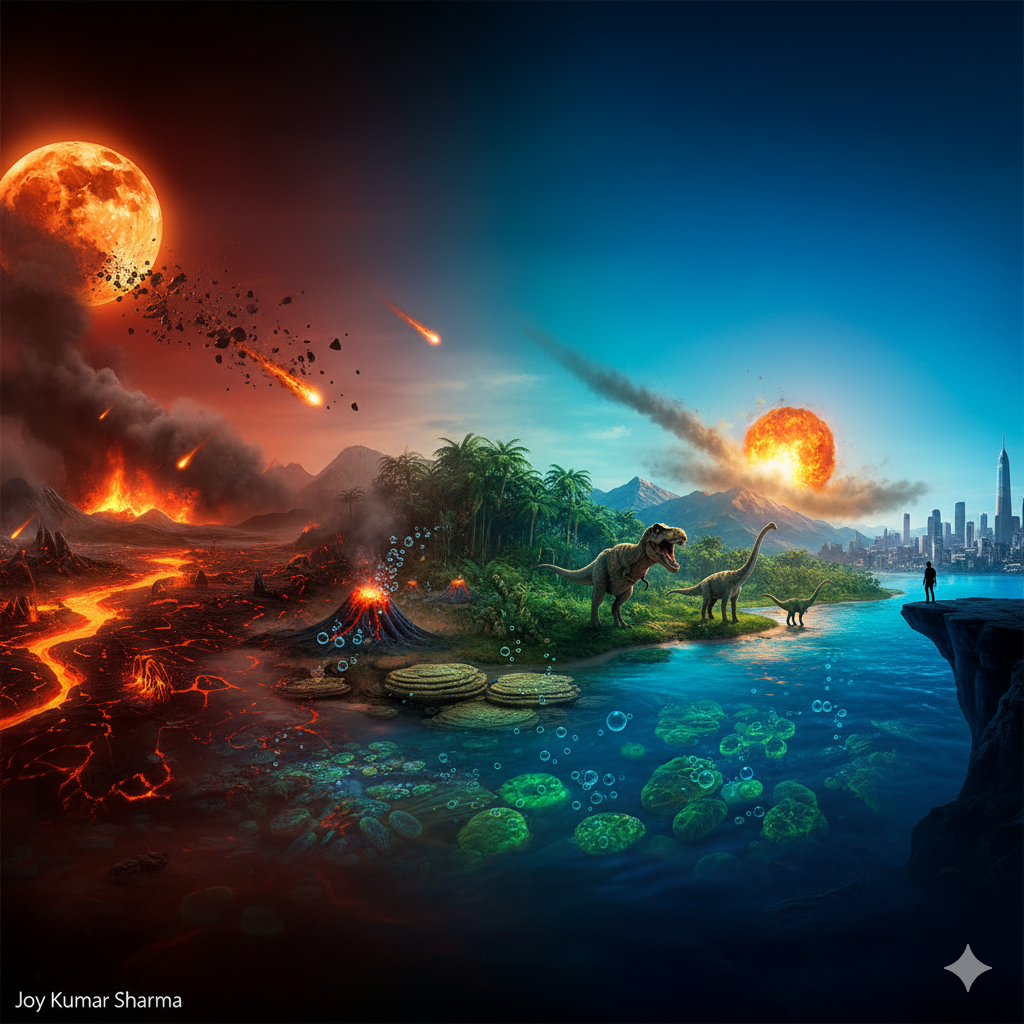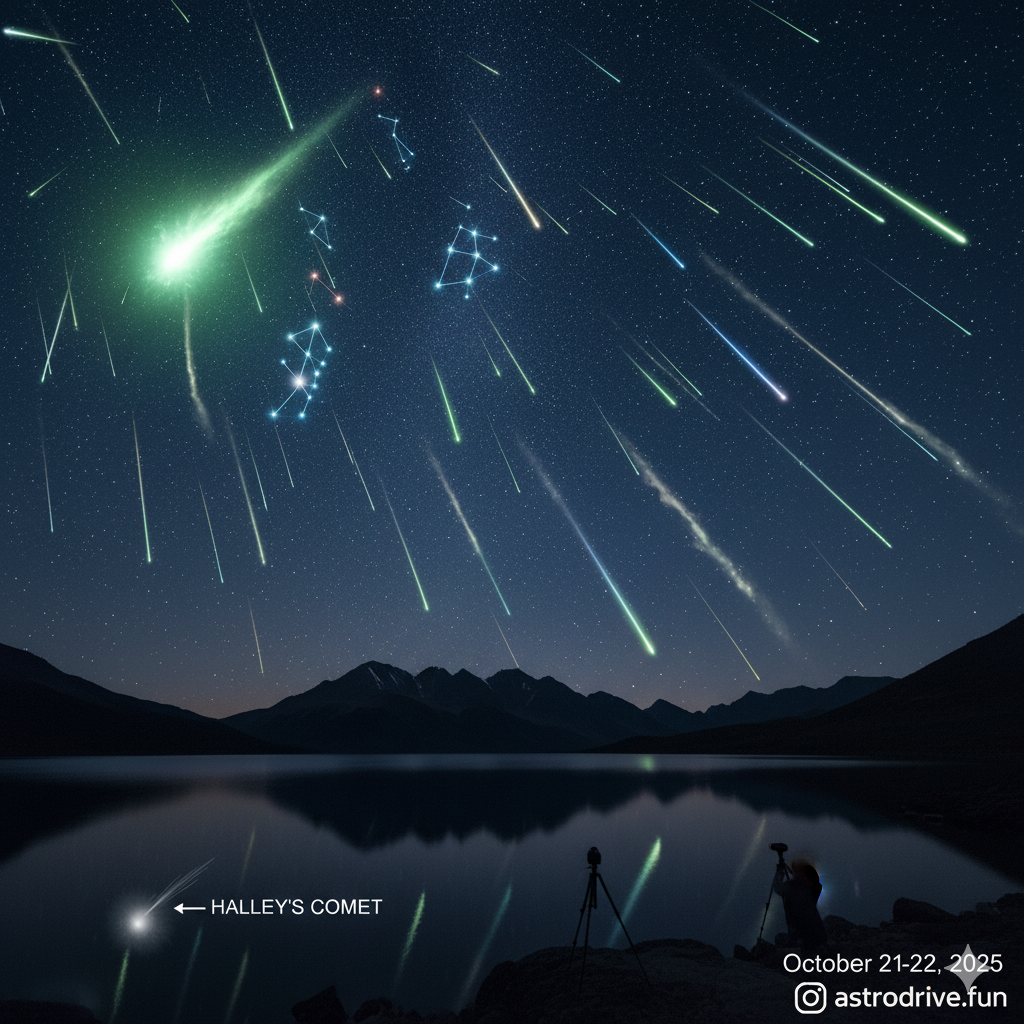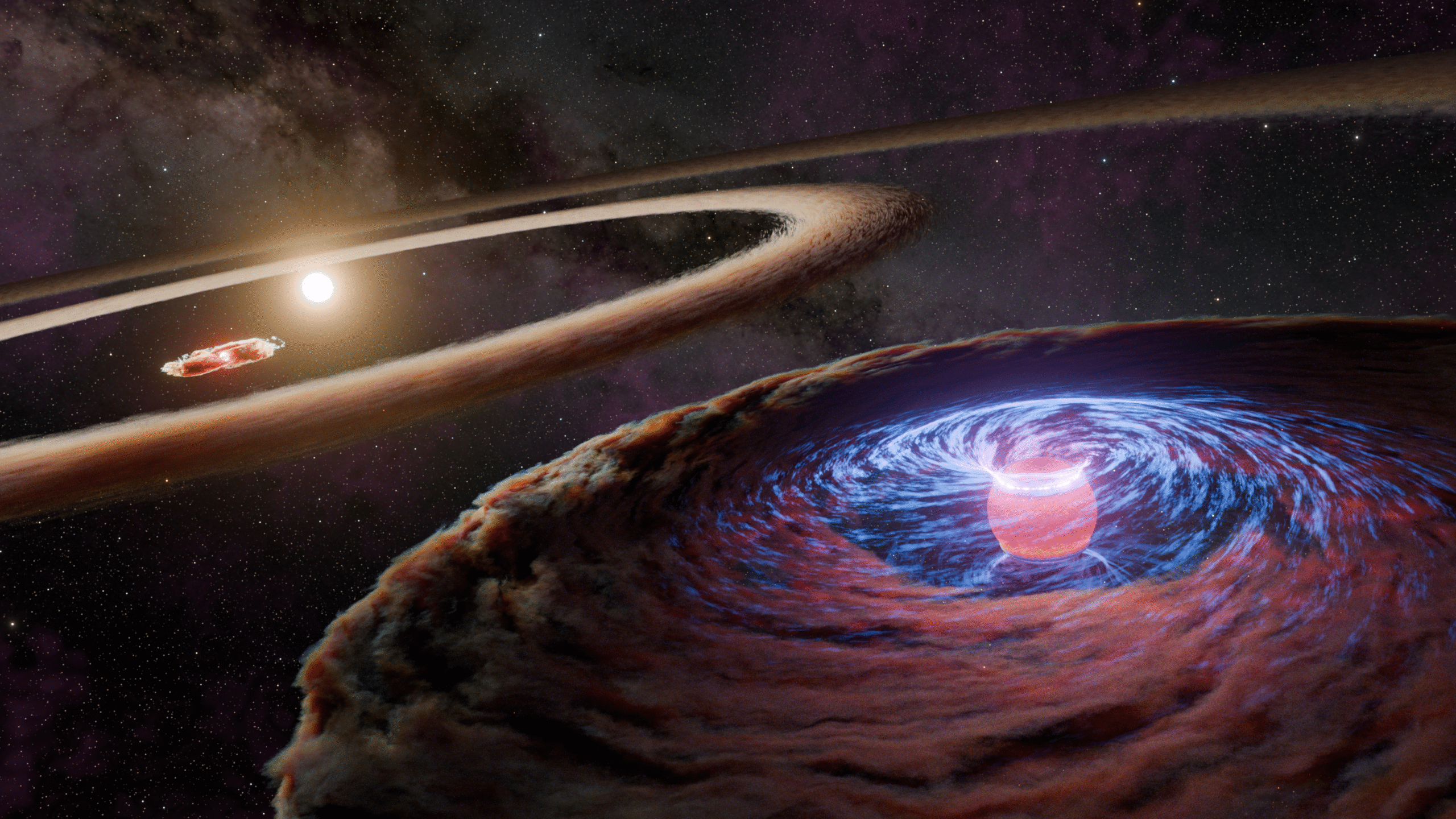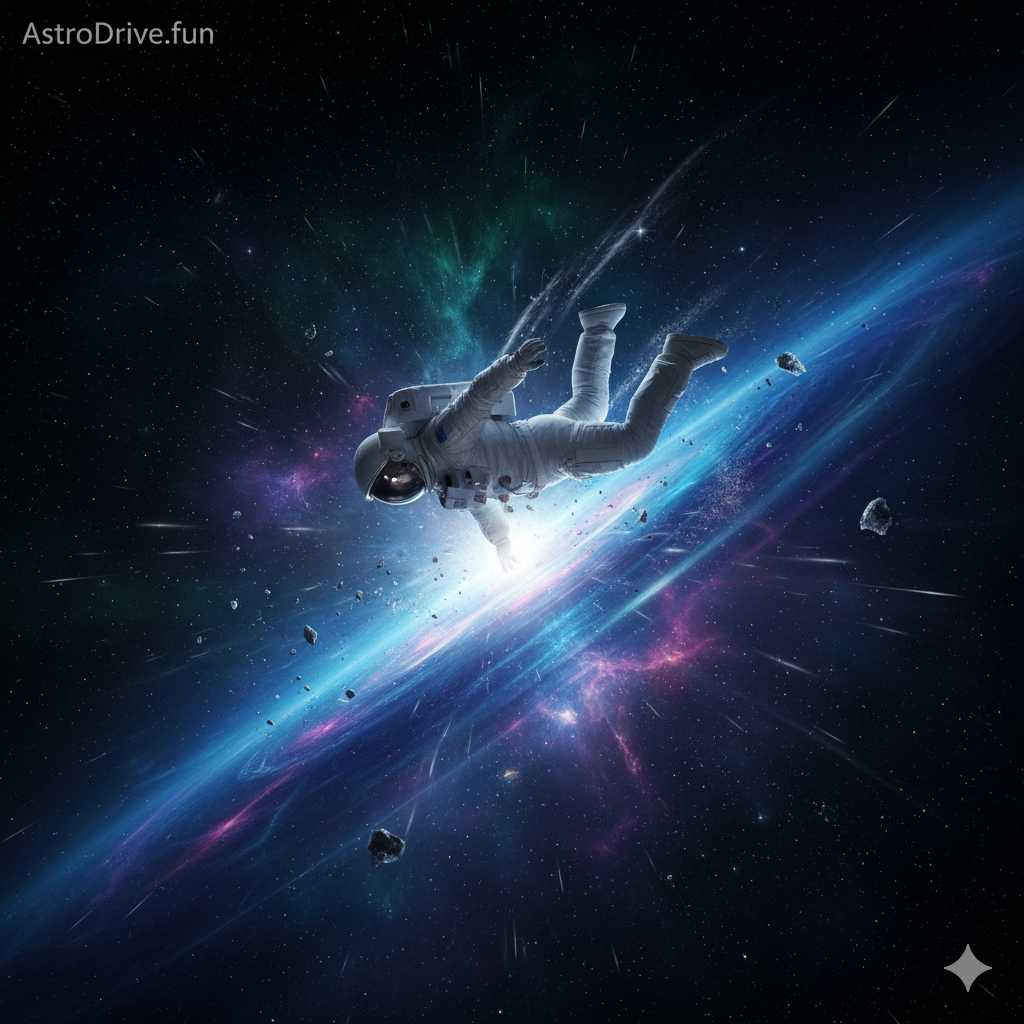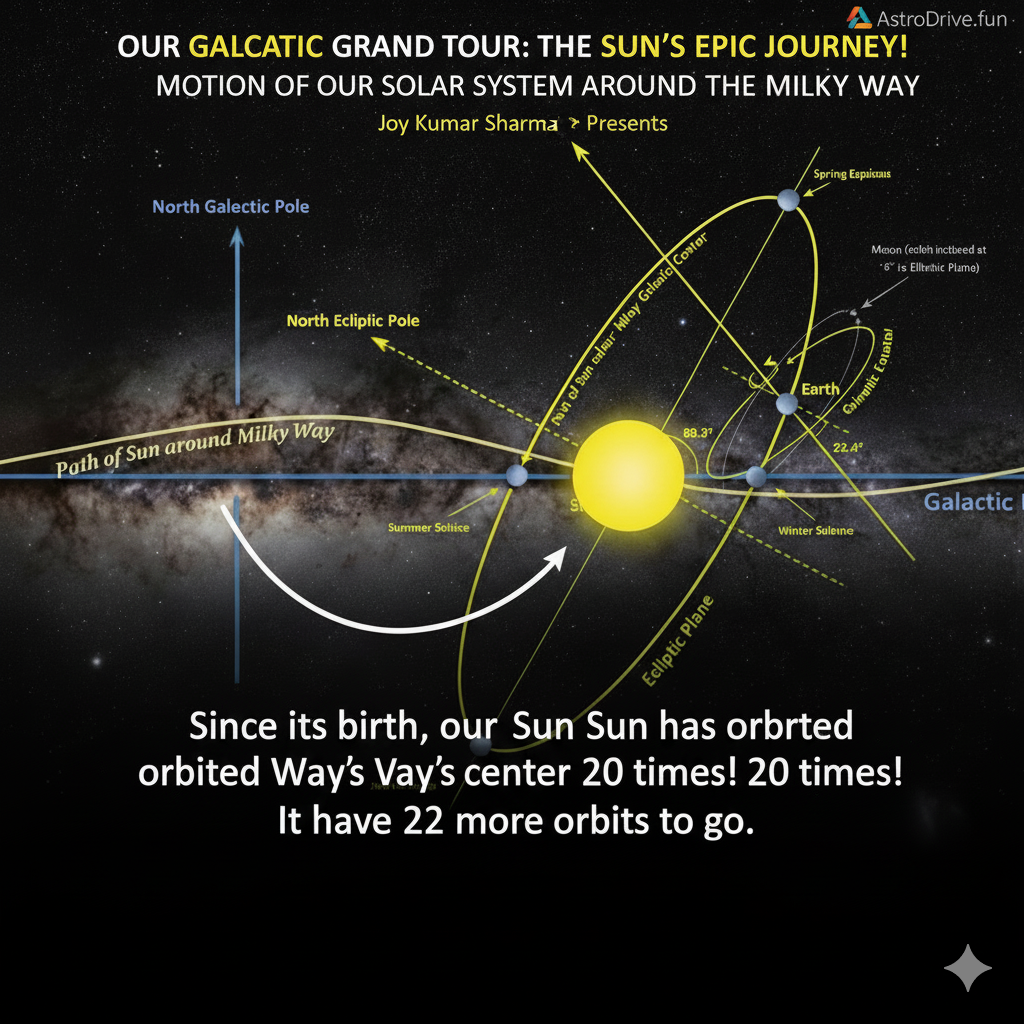🌌 Interstellar – Where Science Fiction Meets Real Astrophysics
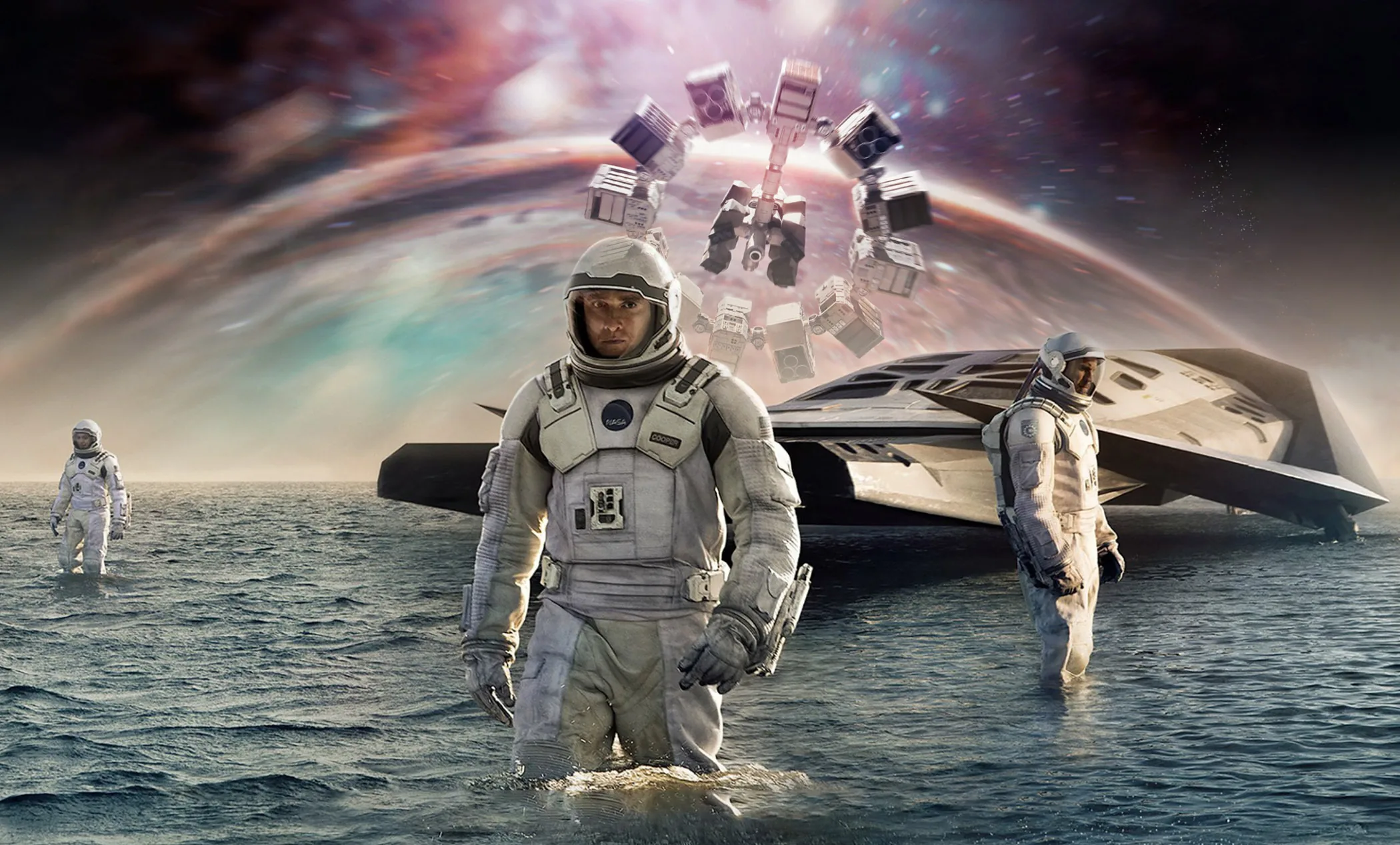
At AstroDrive.fun, we explore the universe — not only through telescopes and satellites, but also through ideas that stretch our imagination. That’s why today we’re diving into Christopher Nolan’s masterpiece, Interstellar — a film that isn’t just fiction, but a cinematic journey rooted deeply in real astrophysics.
While movies often bend science for storytelling, Interstellar stands apart. It dares to represent black holes, wormholes, time dilation, and even higher dimensions in ways that mirror the theories explored by astronomers and physicists every day.
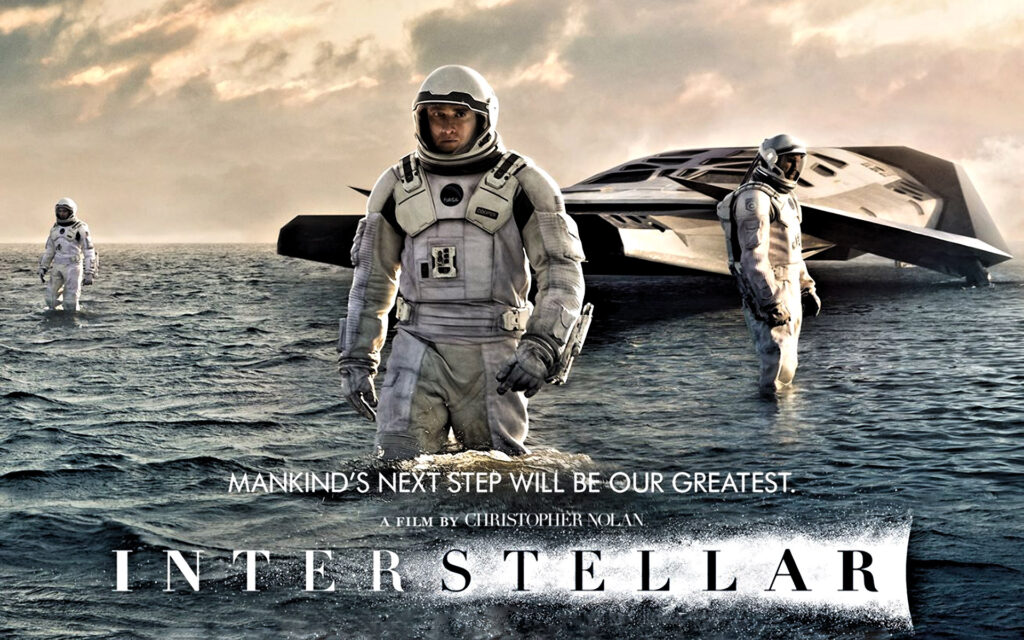
The Movie in Brief
In a world where Earth is dying, Interstellar follows ex-NASA pilot Cooper and a team of scientists as they travel through a wormhole near Saturn in search of a new home for humanity. Their journey takes them across distant galaxies, orbiting black holes and landing on strange planets — all while time, gravity, and hope twist and stretch in unimaginable ways.
🔭 Why We’re Posting This on AstroDrive
Because this movie is not just entertainment, it’s a visual exploration of the same astrophysical phenomena we cover on this platform:
- Wormholes — theoretical portals through space-time
- Black holes and time dilation — real predictions from Einstein’s relativity
- Habitable planets around distant stars — a field of ongoing space research
- Higher dimensions — concepts explored in string theory and quantum gravity
Interstellar blends real science with cinematic imagination, and it’s our mission to break down such complex cosmic ideas for our readers.
The Real Science Behind Interstellar
1. Wormholes – A Shortcut Through Space-Time
The crew uses a wormhole placed near Saturn, allowing them to jump light-years away. While wormholes are theoretical, they’re based on Einstein’s equations of general relativity. NASA scientists have explored these ideas for decades.
2. Black Hole “Gargantua” & Time Dilation
Near the supermassive black hole Gargantua, time slows down drastically — one hour equals seven years on Earth. This isn’t sci-fi fantasy — it’s a result of gravitational time dilation, which has been tested by satellites and is essential in GPS systems.
3. The Fifth Dimension & Tesseract
One of the most abstract moments is the “tesseract,” a four-dimensional space that lets Cooper interact with past time. While dramatized, this concept hints at string theory, which suggests the universe has more than the 3+1 dimensions we see.
4. Habitable Exoplanets
Planets orbiting near black holes and in distant systems may be fiction in the film, but the search for habitable exoplanets is very real — with missions like Kepler and James Webb Telescope actively hunting them now.
Scientific Accuracy: Fiction Meets Fact
Interstellar was guided by Nobel Prize-winning physicist Kip Thorne, who ensured that the depictions of black holes, gravitational waves, and relativity were as accurate as possible for a feature film. In fact, the visuals of Gargantua were so precise, they helped scientists publish new insights about light around black holes.
That makes Interstellar one of the few movies where the science isn’t just background decoration — it’s central to the story.
🌐 Sources:
- NASA – Interstellar Science Explained
- Scientific American – Interstellar: A Scientific Review
- Kip Thorne’s Book: The Science of Interstellar
Cinema with a Cosmic Heart
What makes Interstellar unforgettable is not just its accuracy, but its emotional depth. The film reminds us that humanity’s survival depends on curiosity, sacrifice, and reaching for the stars — themes deeply connected with the spirit of space exploration.
Final Thoughts
At AstroDrive, we believe science is not limited to labs and lectures. It lives in art, in ideas, and even in the movies we love. Interstellar is more than a sci-fi film — it’s an invitation to understand the universe we live in.
So next time you watch it, remember: much of what you see on screen reflects the same forces and possibilities scientists are studying today.


